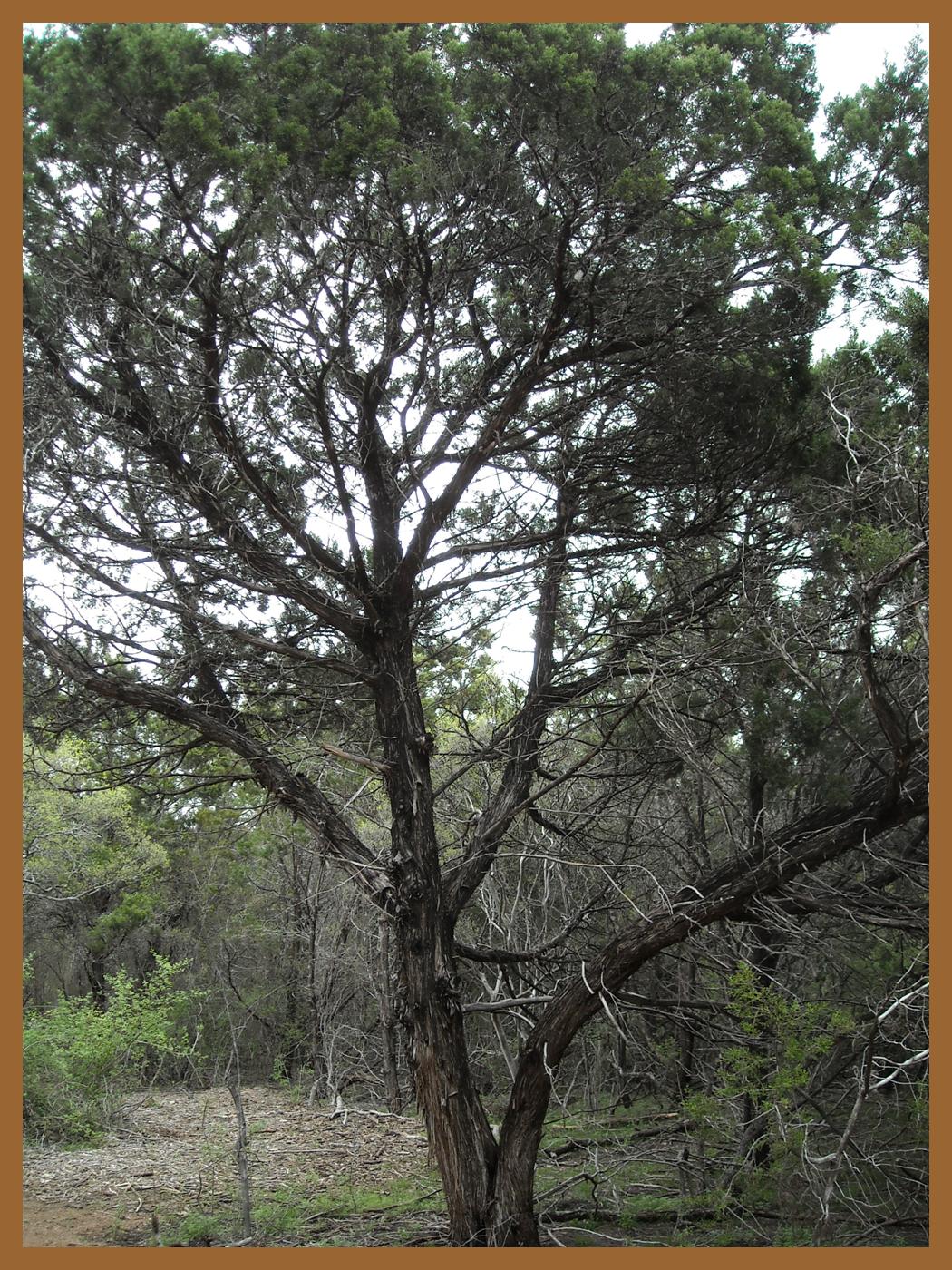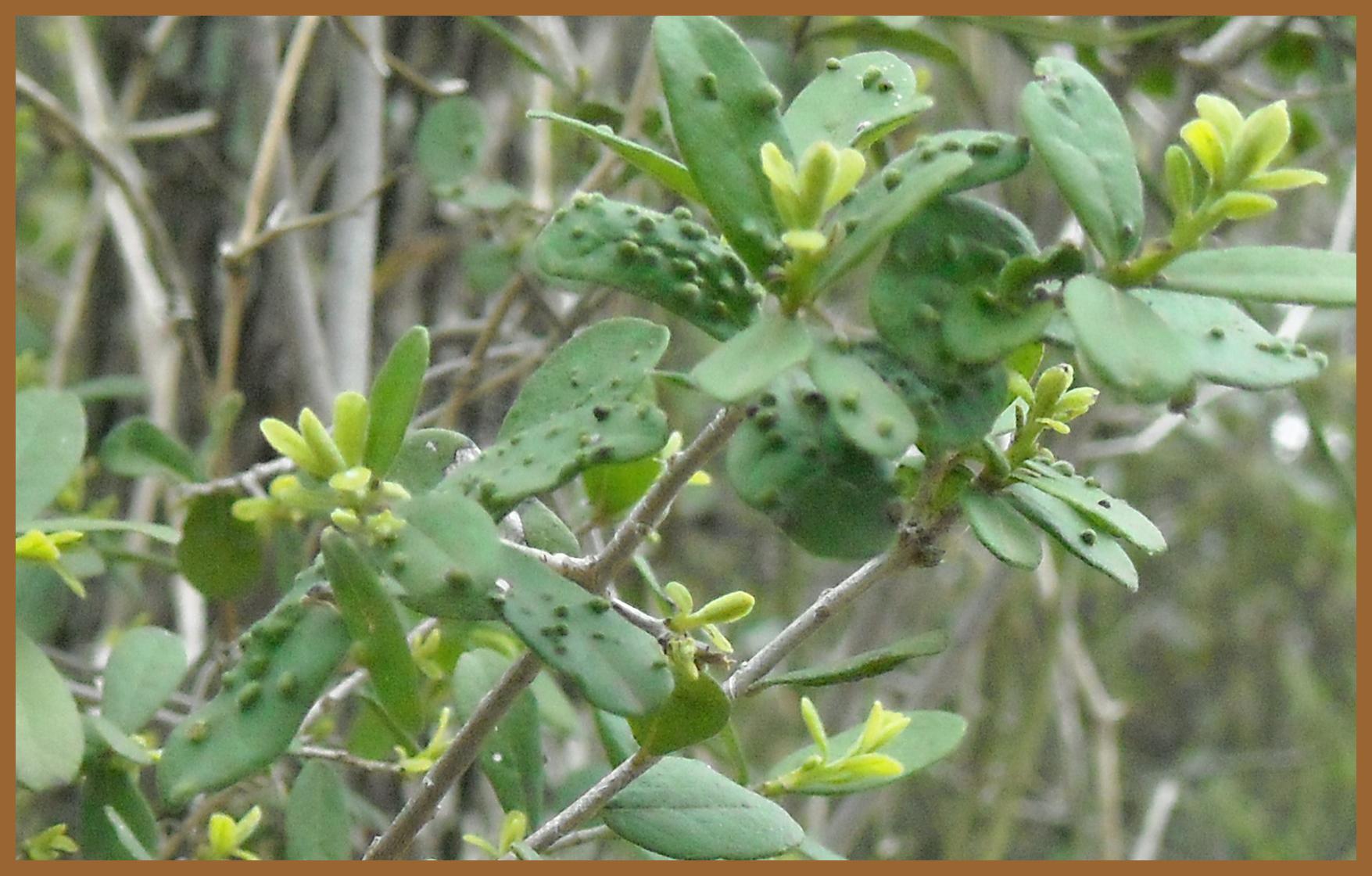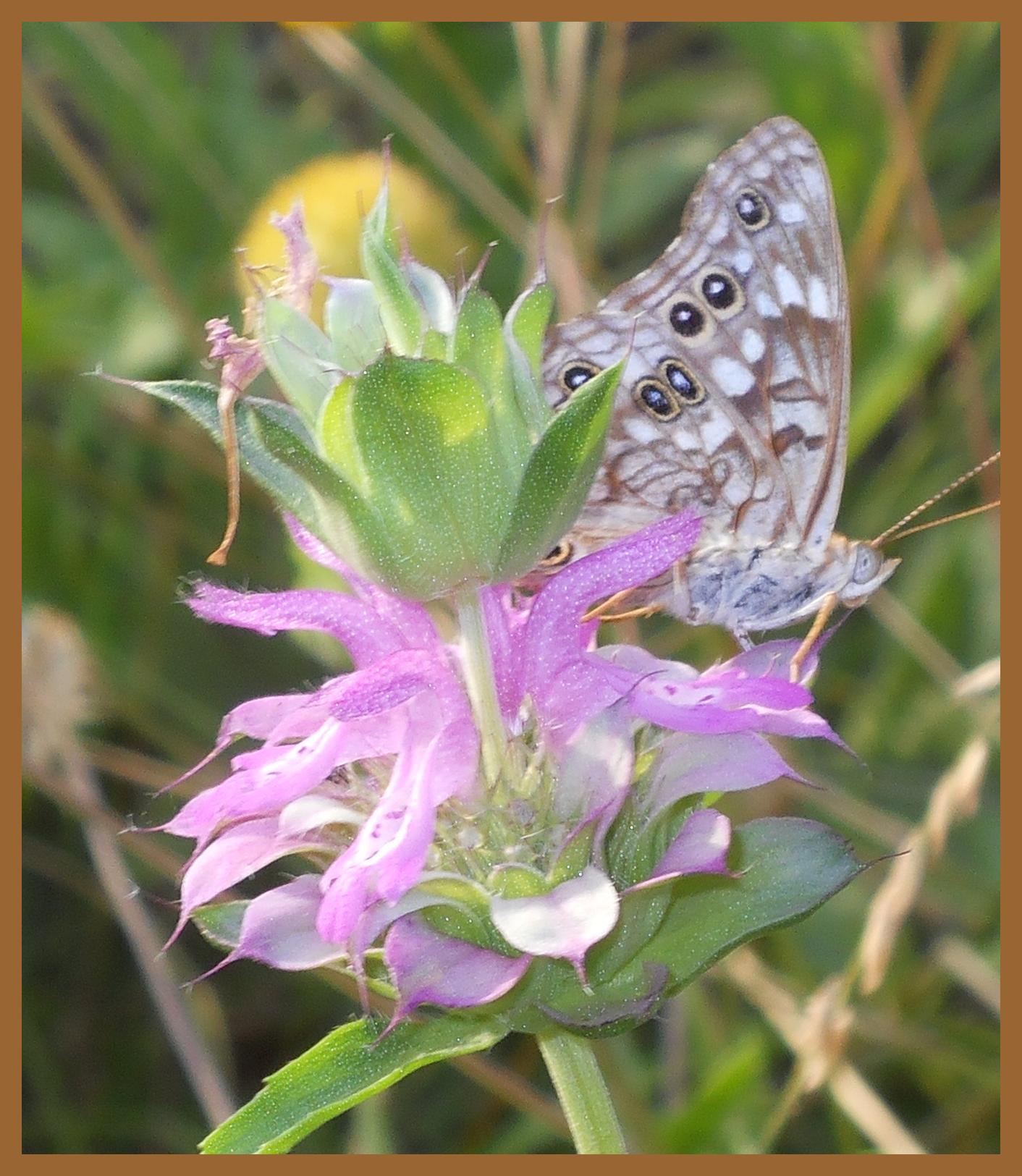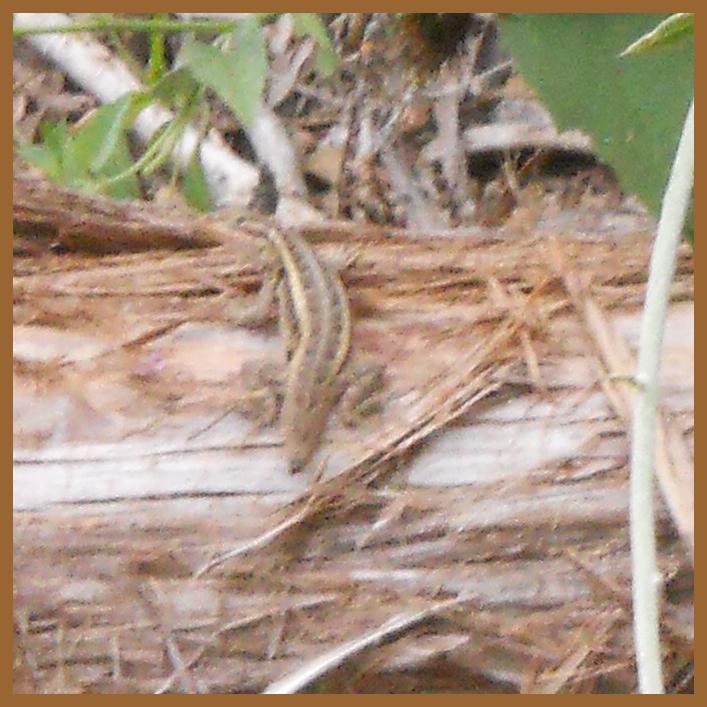Guide to SA Natural Areas & Greenway Trails
P: Learning Landscape:
Interpreting & Teaching Nature
Phil Hardberger Park is meant to be a “learning landscape”. This piece describes two frameworks for learning from the natural landscape.
Written by AAMN Wendy Drezek. Reading the Landscape courtesy of City of San Antonio Park Naturalist Educator Peggy Spring. My Wonderings courtesy of North East ISD’s Northwood ES Librarian Sherry Philippus.
Part of the mission of Phil Hardberger Park is to be a “learning landscape”. What do you think that means?
READING THE LANDSCAPE
The concept of the park was that it would teach about the agrarian heritage and cultural history, green building, energy and water conservation and most of all how wilderness co-exists in an urban setting. The Voelcker farmstead and acequias reflect the history and heritage. The Outdoor Classroom, Urban Ecology Center, and rainwater harvesting, exemplify green building and water conservation.
The Oak Loop Trail provides a perfect micro-wilderness for learning about nature. Park Naturalist Educator Peggy Spring uses Reading the Landscape asking “Why are things the way they are?”, “What happened in the past to create the scenario I am viewing?”
SET THE SCENE
Look down the trail, up in the sky- - what are the landforms, environments, habitats? Does the trail go up or down, straight or curved? Is it wet or dry? What is the weather? How does it feel? Is it light or dark? What kinds of vegetation and wildlife can be observed? Is the vegetation bright green or dry yellow and brown? Alert your senses to set the stage.
USE ALL YOUR SENSES
Now scan the middle distance, a few yards away. What sounds do you hear? What could be making those sounds? What trees do you see? Do you see movement that could be wildlife?
AND MOVE IN CLOSER!
Move in close. Look down--do you see a dung beetle rolling a ball across the trail, or harvester ant holes? Is that a Rosebelly Lizard skittering away on the fallen branch or a Hackberry Butterfly basking in the sun? Do you see scat, bird droppings, leaf munching, gall, Bark Beetle tunnels, or other signs of life? What passed this way? How can you tell?


MY WONDERINGS
Use all your senses on the Oak Loop Trail. Wander down the trail on a Learning Journey. How does the vegetation change as the trail moves through patches of full sun and shade. Is it damp or dry, woodland or grass? Note the flowers, trees and grasses along each twist and turn, the birds and reptiles, butterflies and bugs. Alert your senses to features that help identify what you see, hear, feel and smell. The clump of brilliantly colored Gaillardia, the call of the Northern Cardinal, the velvety leaf of the Velvet Mallow and the honey vanilla smell of Agarita flowers engage you in this adventure.
Move back, and then forward, in time; consider cause and effect. What might have caused those scrapings on the tree trunk? What might happen next to that fallen tree ahead?
WHAT I THINK I KNOW
But learning doesn’t stop on the trail--our imaginations are at work. We take away the spark and want to learn more. Librarian Sherry Philippus approaches exploring nature using the My Wonderings framework to extend the outdoor experience into the classroom or scout project.
Open your mind--what do you wonder about? What are those bumps on the leaf? Why didn’t I see any mammals? Why was the lizard sitting out in the sun? Why do some trees have thorns? What is that flower called? Then list what you think you know. Deer are afraid of being seen. Lizards are reptiles. Reptiles are cold blooded. Thorns protect.
HOW CAN I FIND OUT?
Think about how you can find information. Will you find a naturalist to ask, collect data, do an experiment, go to the library and get a book, or search online? Finally list out what you have learned to answer your questions. Did you confirm what you thought you knew?
WHAT DID I CONFIRM?
And don’t forget to come back, and walk the trail again, because, each time it will be a new adventure in the Learning Landscape!

